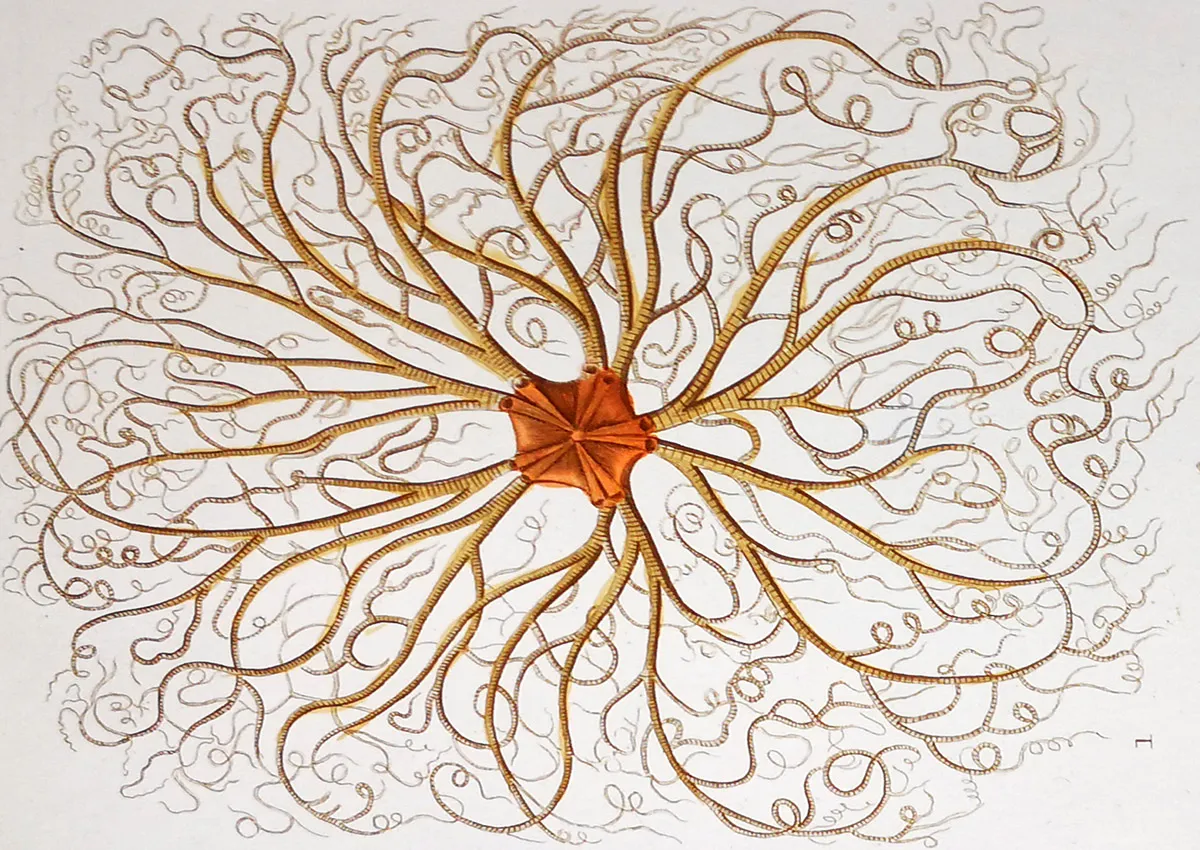
The Hidden Nobility of Natural History Prints: From the Sacchetti Collection
The Hidden Nobility of Nature Prints
In the vast and fascinating world of antique natural history prints, there are works that shine not only for their beauty, but for their origin, craftsmanship, and the historical legacy they carry. Among these treasures stands a rare collection of original hand-colored engravings drawn by Pierre-Antoine Prêtre and directed by the renowned botanist and artist Pierre Jean François Turpin.
These works, produced in Italy around 1835 as part of an ambitious multilingual natural history dictionary, are an extraordinary testimony to the scientific and artistic fervor of the 19th century. What makes this collection truly exceptional is not only the meticulous detail in the stipple engravings—executed by skilled Italian engravers—but also the noble provenance: the entire set belonged to the Sacchetti family, a Roman aristocratic house with centuries of history.
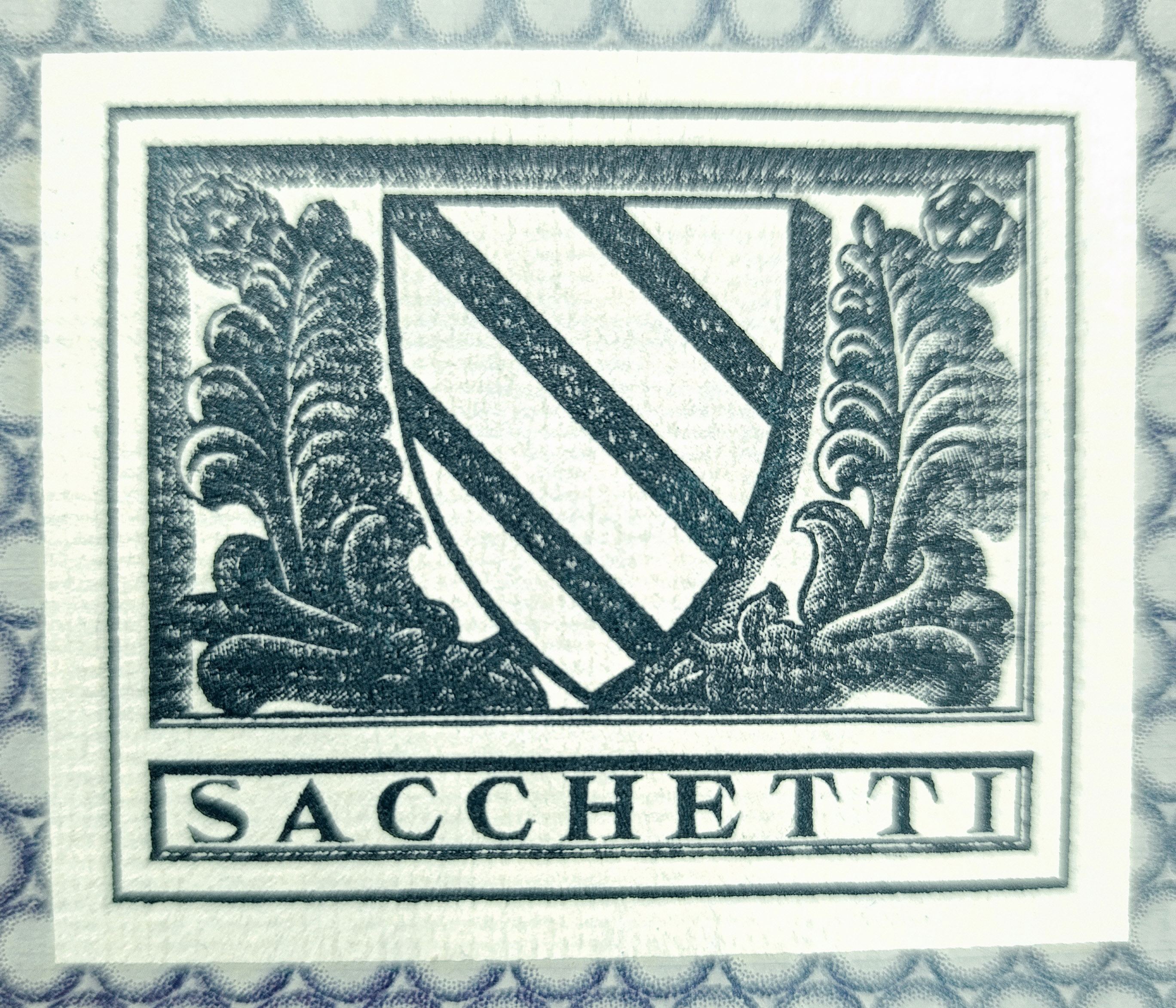
Ex libris of the Sacchetti family, printed in each volume of the dictionary.
A legacy of aristocratic refinement
The Sacchetti family has deep roots in Roman and Florentine history, having played a role in cultural and political life since the Middle Ages (read more). Owning a dictionary of natural science in multiple volumes—lavishly illustrated and preserved with such care—was not just a sign of wealth, but of intellectual prestige. The ex libris, finely printed in each volume, reminds us that these books were once part of a noble library curated with purpose and pride.
Why these prints stand out
Each engraving in this collection bears the mark “Prêtre dis.” or “Turpin direx.”, followed by the name of the Italian engraver—proof that this was an Italian edition of high standing. The prints are executed using the stipple engraving technique, a process that allows for delicate tonal transitions and refined detail, especially well suited to natural history subjects. The coloring, completed by hand, was finished with Arabic gum, lending a soft and elegant sheen to selected elements like feathers or jellyfish tentacles.
In some of the bird plates, subtle touches of real gold leaf can be found on feathers—still gleaming after nearly two centuries. The quality of the paper is equally remarkable: thick, clean, and in some cases with a slightly glossy surface that elevates the artwork even further.
These are not ordinary prints. Though many 19th-century scientific illustrations have been reproduced or imitated over time—sometimes poorly—this particular set stands out for its clarity, vibrancy, and noble context.
More than decoration: A bridge to a lost era
In a world saturated with digital imagery, these original prints connect us to a time when beauty and science were one. They are the legacy of an age in which nature was celebrated through monumental works—projects that are now nearly impossible to imagine due to cost, time, and specialization.
To own one of these engravings is not just to own a piece of art, but to hold in your hands the product of collaboration between scientists, artists, printers, and patrons. It is to be part of a forgotten conversation between nature and knowledge, between aesthetics and discovery.
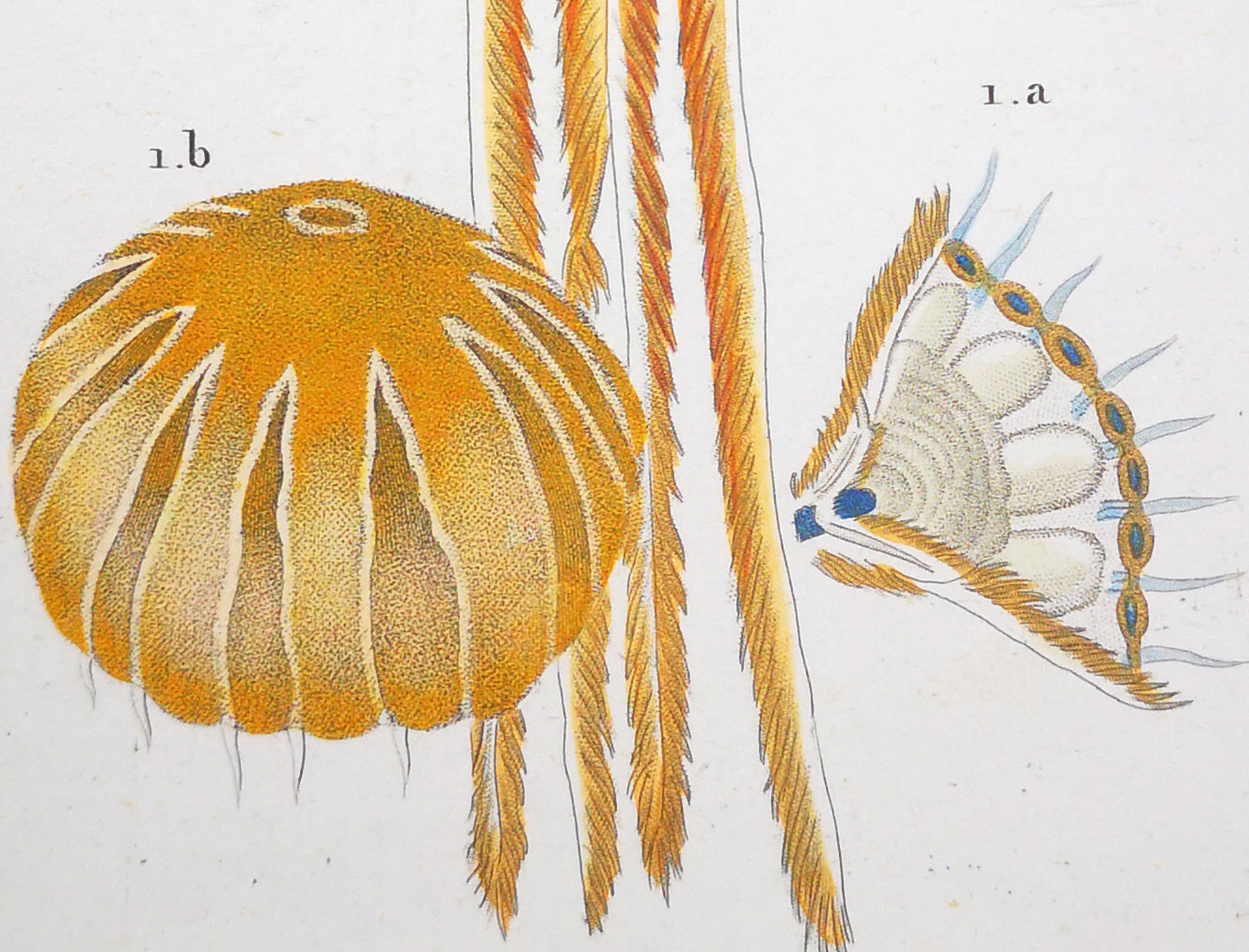
From the Medusaria section: Aurelia crenulata, depicted with grace and scientific precision.
Explore the Collections
The dictionary consists of multiple zoological and botanical sections, each featuring unique subjects and printing characteristics. Here are a few highlights:
- Birds: With some featuring true gold highlights, the bird engravings by Prêtre are among the most elegant and highly detailed in the set.
- Marine Life: Medusae, crustaceans, and rarely illustrated sea creatures. Many of these subjects were depicted here for the first time.
- Insects: Delicate butterflies and beetles—an interplay of form, science, and color.
- Botanical Plates: Signed “Turpin Dis.”, these are botanical studies of high refinement, matching in paper quality and technique the zoological plates.
Collection Links
Each product description in this series links back to this article to provide context and transparency on pricing and value. These pieces are priced to reflect their unique origin, pristine condition, and enduring artistic relevance.
We also run targeted campaigns to share this story with art lovers and collectors around the world. If you found this article through one of our ads, welcome! We hope you’ll take the time to explore the collection.

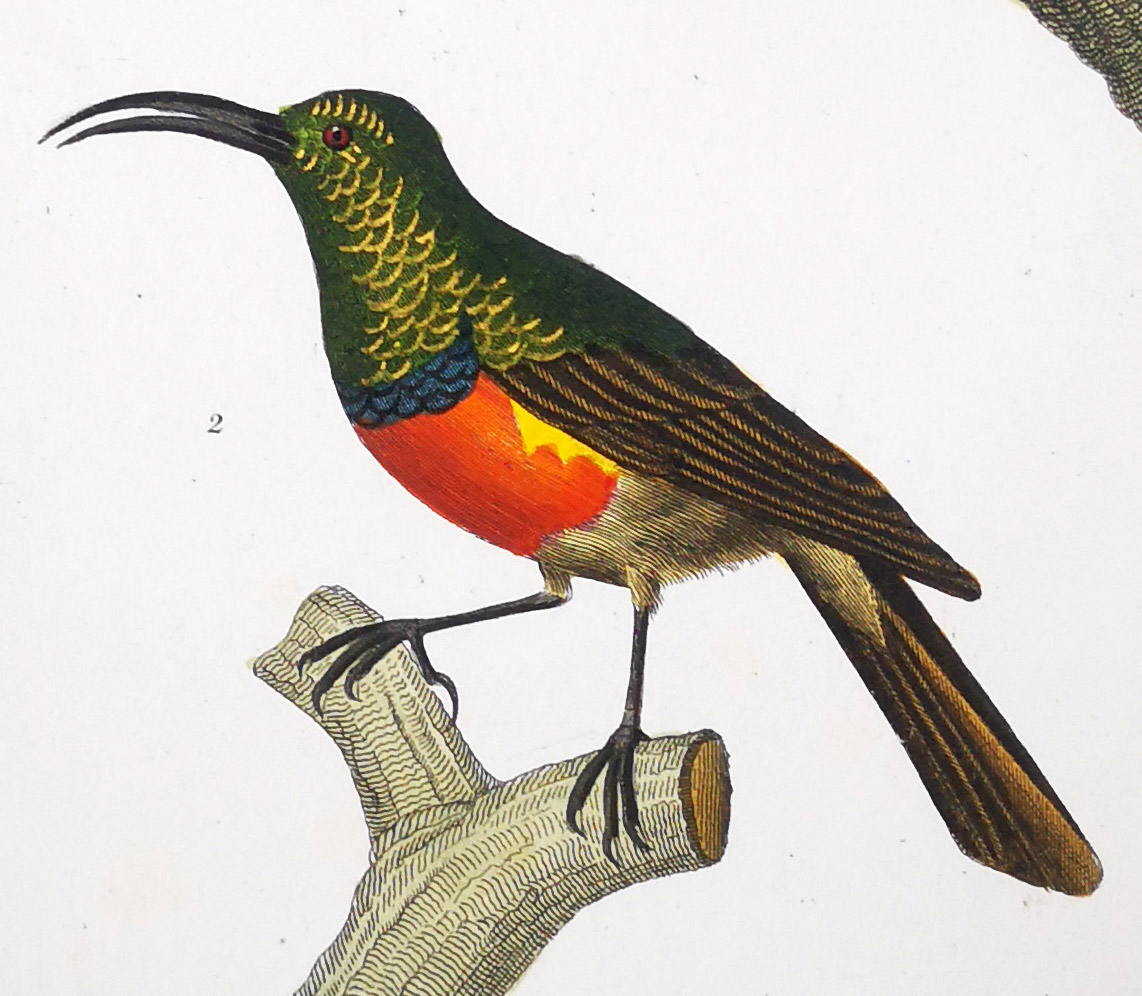

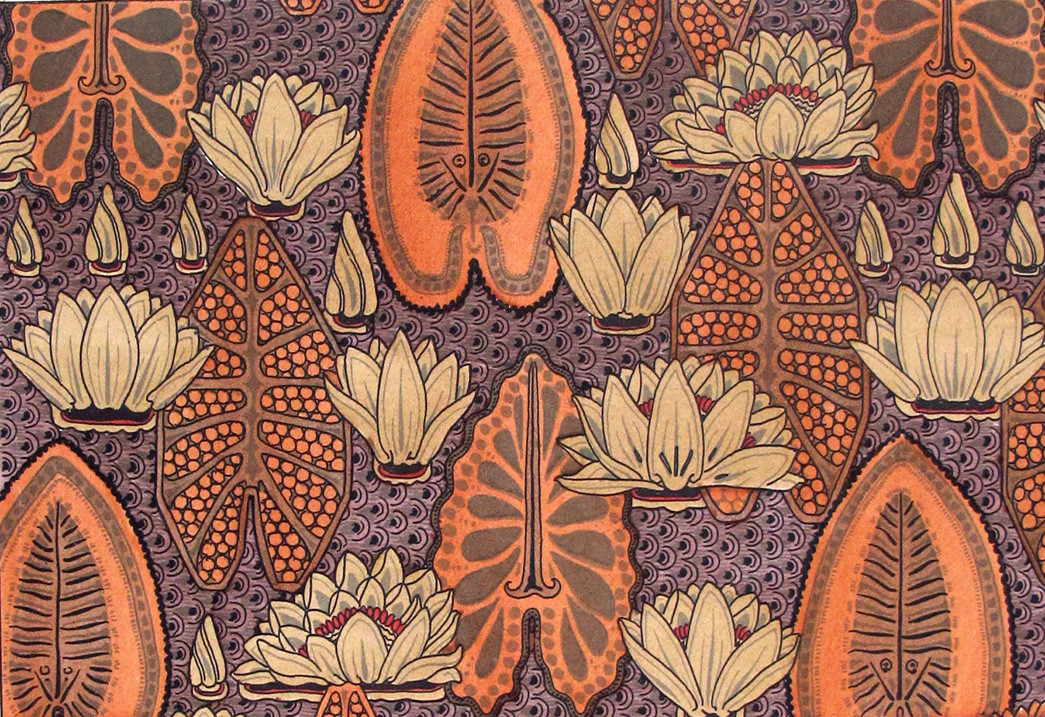
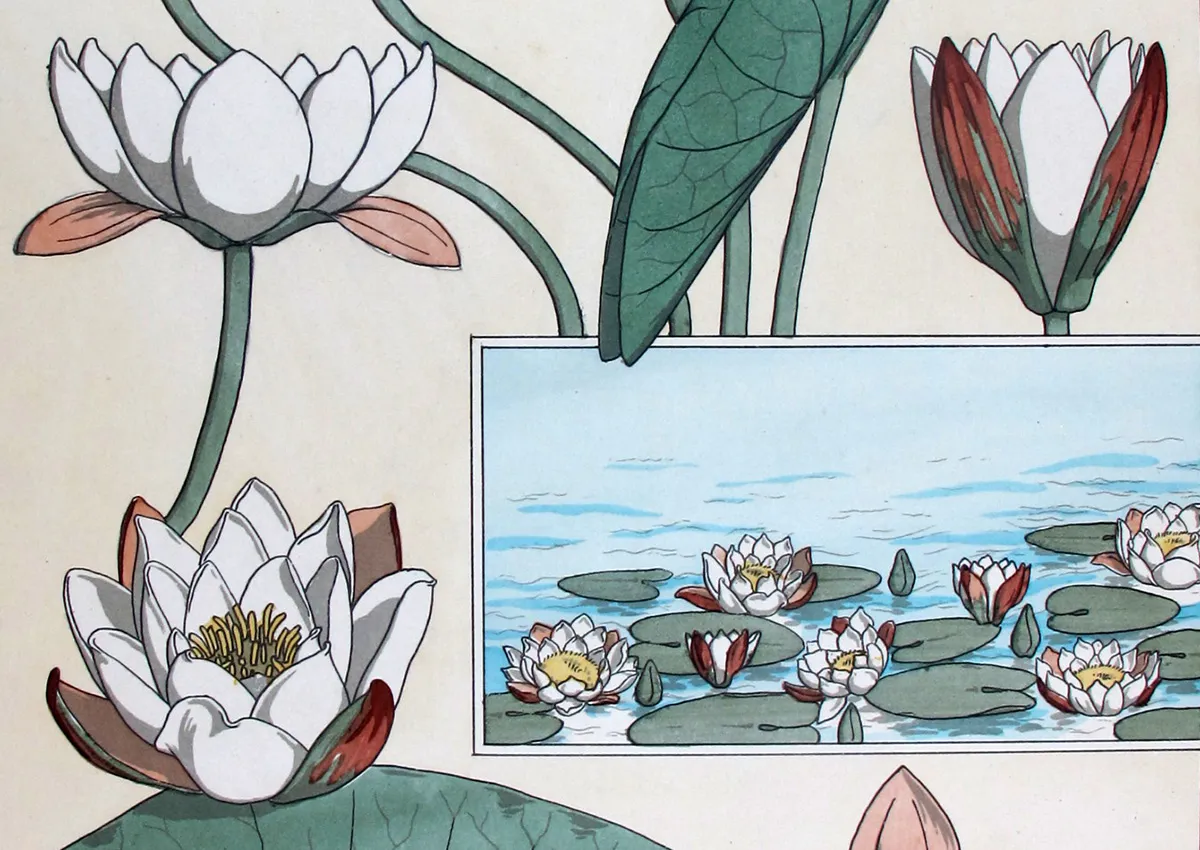

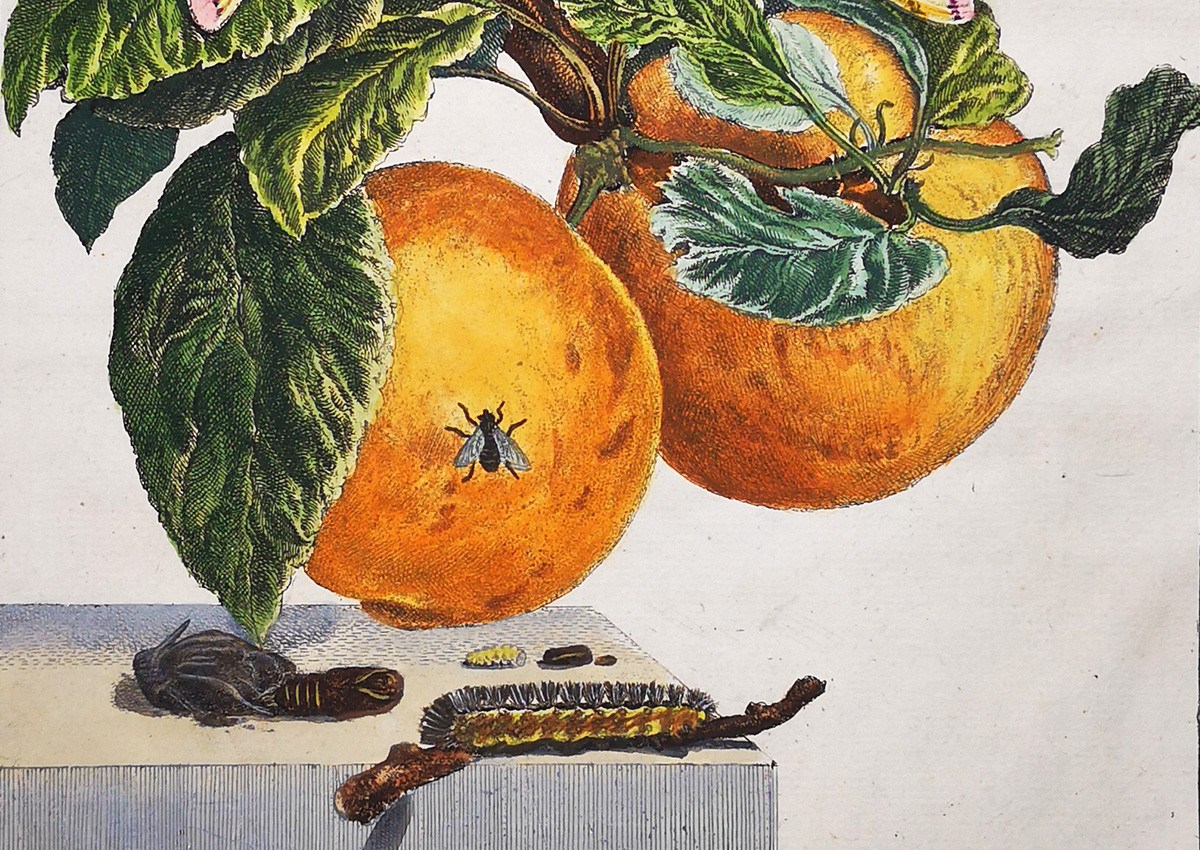
Leave a comment